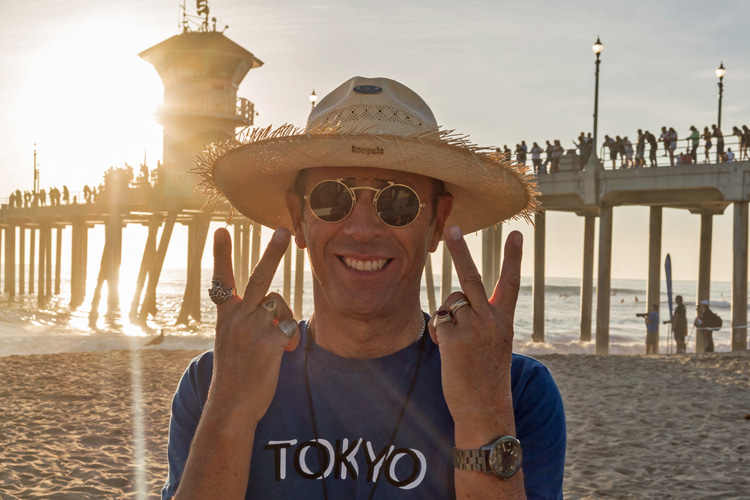Flamboyant, fully energized, exotic, passionate, and persistent. Fernando Aguerre is one of the most influential personalities in the surfing world.
The history of surfing is often too much biased by an anglophone perspective of reality that completely distorts the sport's evolution.
Fernando Aguerre spent two decades advocating for the inclusion of surfing in the Olympic Games, following an old dream by the father of the sport, Duke Kahanamoku.
Aguerre was one of the many non-American surfers who ran highly successful surf events and multimillion-selling surf products from a very early stage.
However, his life story has never quite gotten the attention it deserved.
Fernando Aguerre was born in 1957 in Mar del Plata, Argentina. He started surfing at the age of 11 with his brother Santiago... because he wasn't good at football/soccer.
Their father, Alberto Aguerre, was a lawyer and ranch owner, and their mother, Norma Mattalia, was a lawyer-psychologist.
Although she never surfed, Norma played a fundamental role in shaping the history of surfing in Argentina and Fernando's passion for the sport.
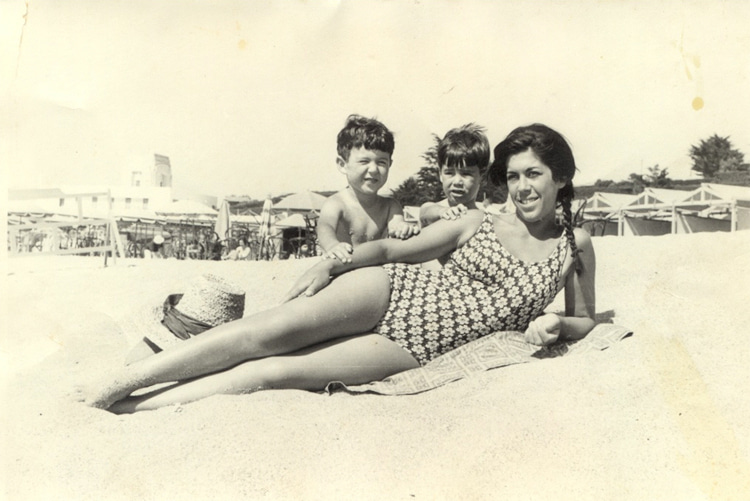
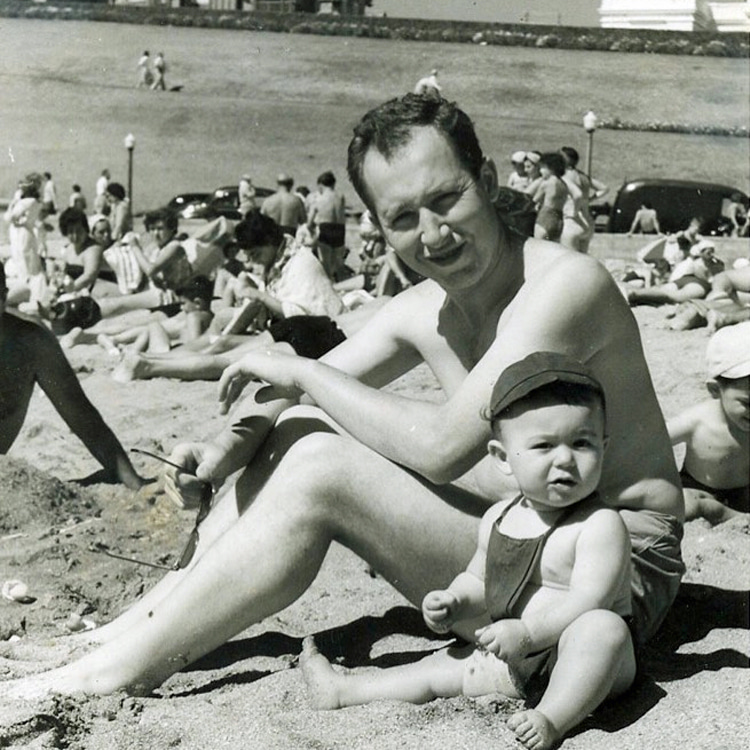
In 1978, Jorge Rafael Videla Redondo's brutal military dictatorship banned surfing in the country.
But Aguerre fought back.
The young surfer founded the National Surfing Association of Argentina (NSAA) and opened Ala Moana Surf Shop, and the nation went from a community of 150 surfers to more than 2,000 wave riders.
Aguerre and his crew lobbied the authorities, and the prohibition was lifted.
In 1984, after earning a law degree, Aguerre moved to Southern California to pursue the ultimate surfer's dream.
"My soul needed to be with my only brother," Fernando revealed in 2015.
He had become a prolific organizer, and his career in surf politics was about to start.
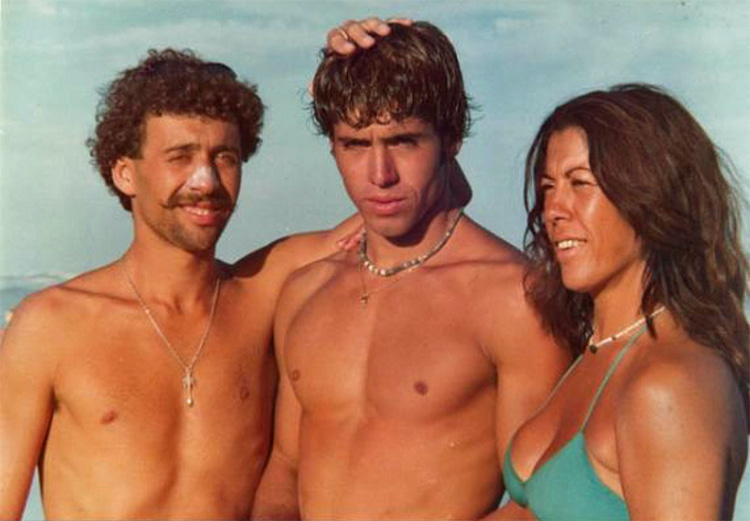
The Birth of Reef
One year after moving to the United States, in 1985, Fernando and Santiago founded Reef Brazil, a surf sandal and footwear company with its headquarters based in San Diego.
The firm's name has a curious background.
"I woke up at night one day at four in the morning hearing the waves hitting the reef in Windansea. They were hitting it so hard there would be big waves," Aguerre once recalled.
"And I said to myself: 'Reef? I better call our attorney.' So, at 9 am, before the internet, I asked him to do a scan. Twelve days later, he calls me and says: 'No one registered Reef. You can register Reef.'"
The brand adopted an aggressive and sometimes controversial marketing strategy.
For decades, Reef ads and commercials were known for featuring bikini models in sexy poses. The firm would later run Miss Reef, a series of contests held to select the best female butt.
Reef became one of the most successful surf brands in the industry.
"We didn't know anything. It was pure ignorance as a blessing," Fernando Aguerre once said.
"Sometimes, we spend so much time on the plan that life goes away. In Argentina, we say, 'Don't confuse the map with the territory.'"
"On our 13th or 14th year, we had a business plan. My brother was in charge of buying the best product at the lowest price. I was in charge of selling the most products at the highest price. And that was it."
"Obviously, it allowed us to understand every little detail of the company. But we ran the first 13 or 14 years based on the sales forecast."
By 1998, the ultimate surf sandal company was sponsoring the Reef Big Wave Team World Championships.
The event was organized by Gary Linden and held at Todos os Santos, Mexico, in 30-foot surf.
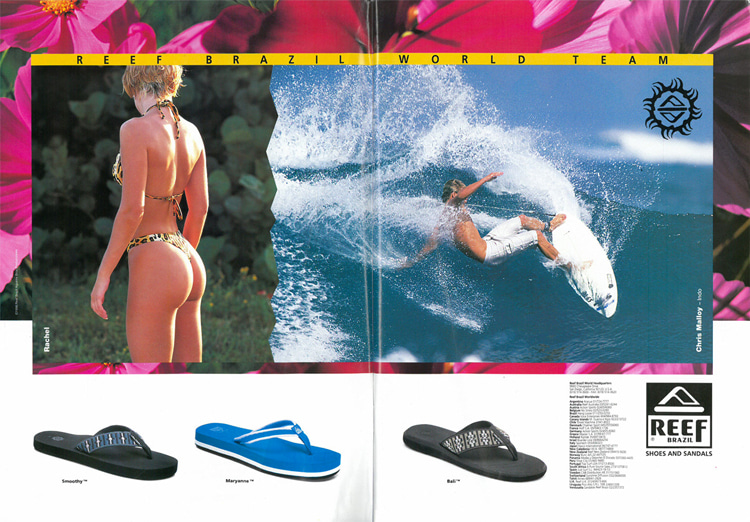
Surf Politics
But Fernando's diplomatic side kept evolving alongside his business facet. Six years before, Aguerre had co-founded the Pan American Surfing Association (PASA).
And in 1994, the Argentinian was elected chairman of the International Surfing Association (ISA).
In 1996, Aguerre revamps the World Surfing Championship with a very precise goal - to get the sport into the Olympic Games.
Aguerre says he turned into a diplomat when he was elected President of the ISA. He met the president of the International Olympic Committee (IOC) in Switzerland and started his lobbying efforts.
Despite failing to get the sport into Sydney 2000, Aguerre stood firm.
The CEO of Reef left the sandal company in 2003, and two years later, the Argentinian brothers sold the brand to VF Corporation, the owners of Vans.
At that moment, Fernando Aguerre completely shifted his focus to ISA.
Soon after, he kicked off a series of wave riding events that would help fulfill his dream, including the World Junior Surfing Championship, the World Junior Surfing Championship, the World Longboard Surfing Championship, the World Bodyboard Championship, the World Masters Surfing Championship, and the World Kneeboard Championship.
ISA's most prestigious event - the World Surfing Games - began awarding gold, silver, and bronze medals and setting the stage for surfing's Olympic format.
Meanwhile, Aguerre kept announcing new ISA member nations.
In June 2016, Iran became the 100th country on the long list of countries with established national organizations in surfing's world governing body.
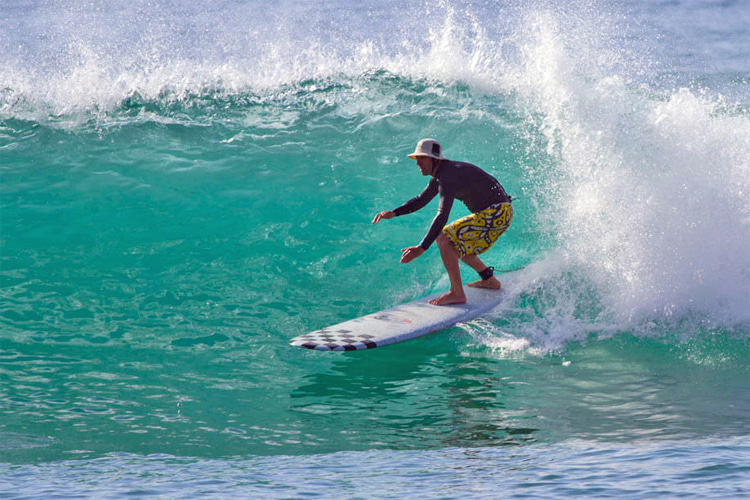
Duke's Dream: The Olympic Games
After 20 long years of lobbying and unsuccessful attempts, Aguerre was finally able to open the champagne bottle.
In September 2015, the Tokyo 2020 Organising Committee proposed the inclusion of surfing in the Olympic Games.
Not everyone was pleased with the decision, but the ISA president reserved a few words for the so-called "purists."
"I don't believe that the soul of surfing requires it to be an elite sport for the lucky few who live near the ocean's waves," Fernando Aguerre said at the time.
And because he knew that the Olympics would put surfing in front of an audience of two-to-four billion people, he made sure surfers would ride natural waves at Tsurigasaki Beach in Chiba.
Aguerre has always referred to Duke Kahanamoku's dream as the inspiring goal that needed to be achieved.
Around 1920, the Hawaiian swimmer and father of modern surfing stated that the sport of riding waves should be added to the Olympic program.
Kahanamoku's dream was finally realized. And Aguerre's goal is to create a unique surfing environment for the sport's historical moment.
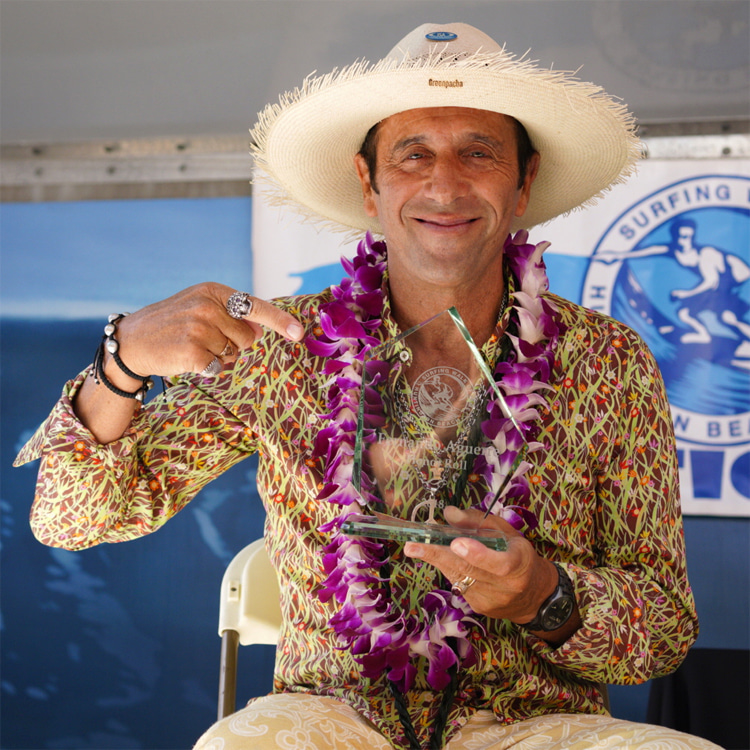
Always Moving
Fernando Aguerre is not an office person - his home is outdoors.
He is always moving, surfing, interacting with surfers and non-surfers, and exchanging ideas with bureaucrats and surf legends.
So, don't expect him to be quiet for a long time, except if he's having lunch and sharing a laugh with exciting people.
The Argentinian is also a family man, an activist, and an event organizer.
He is a founding member of the Surf Industry Manufacturers Association (SIMA) and regularly participates in initiatives run by Save The Waves Coalition and SurfAid.
As a father of four, he splits his time between his Mar del Plata and La Jolla.
In 2018, Fernando Aguerre was inducted into the Surfing Walk of Fame.
"The ocean is the greatest equalizer. There are no admission or membership fees. You don't need to belong to a certain race, religion, gender, or weight size to surf," Aguerre once said.
"The ocean has not been privatized, sold, rented, so we all have a chance to enjoy it."
